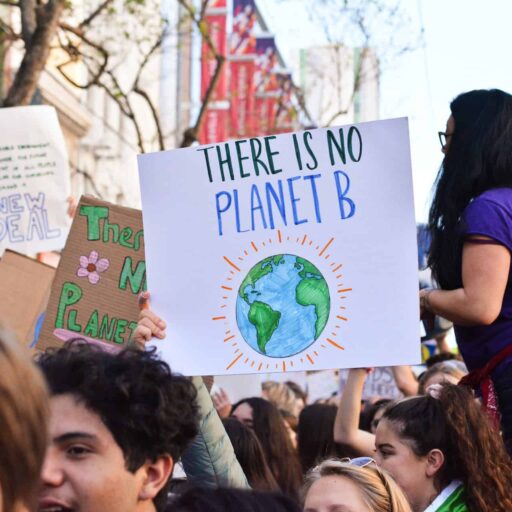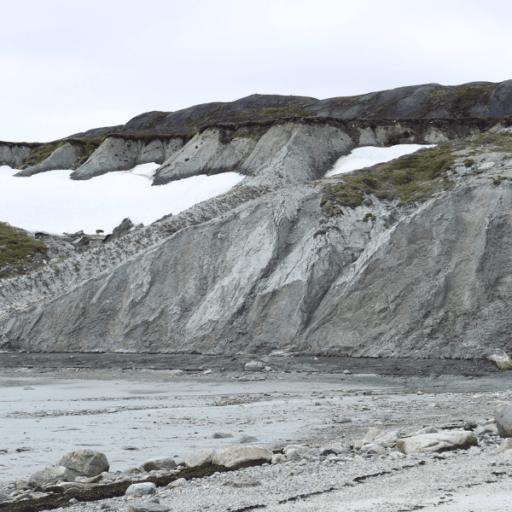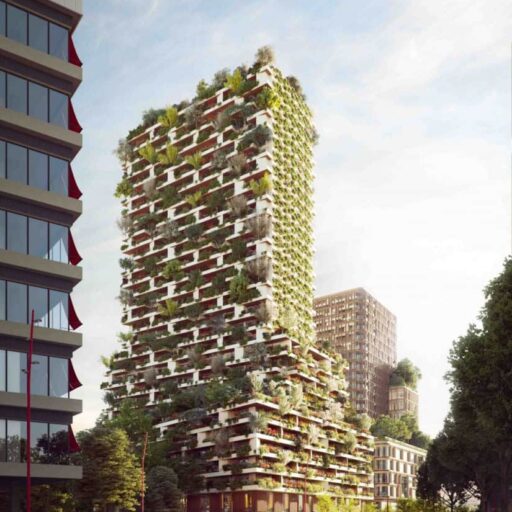This week’s good news roundup

The planet appears to have taken a step back from a CO2 precipice, according to analysis by Climate Brink, which shows emissions are no longer following the worst case scenario of runaway, year-on-year growth.
After increasing around three per cent a year in the early 2000s, emissions have flattened out since 2010. Climate Brink credits the shift to the plummeting costs of clean energy driving demand away from coal – but cautions we’re still a long way off climate targets.
Meanwhile, more number crunching by Carbon Brief suggests that China is on track to hit peak emissions imminently amid explosive renewables growth.
The country recorded an all-time emissions high for the first quarter of 2023 as it came out of lockdown (and incredibly plans to add more coal capacity), but experts believe the rapid expansion of low-carbon energy could stave off another CO2 spike. Solar and EVS are booming, and could tip China’s emissions into decline as early as next year.

Mud, glorious mud – there’s nothing quite like it for cooling the blood, or so the song goes. Now scientists from the University of Copenhagen, Denmark, say it could help cool the planet, too.
Researchers studying the CO2 capture potential of rock ‘flour’ ground by Greenland’s glaciers say spreading it on farmland could trap billions of tonnes of planet-warming carbon dioxide, while increasing crop yields. The flour flows as mud beneath Greenland’s ice sheets, which produce 1bn tonnes of the stuff a year – essentially an unlimited supply.
The emissions capture process, called Enhanced Rock Weathering (ERW), is a turbo-charged version of a natural phenomenon: atmospheric CO2 dissolves in rainwater to produce carbonic acid. This breaks rock down into stable minerals which lock in CO2. Powdered rock has a greater surface area which catalyses the process.
Prof David Beerling from England’s Sheffield University, who has worked on similar ERW studies, told Positive News: “ERW mimics the natural carbon cycle reactions that have been stabilising Earth’s climate for millions of years. It is one of the few options that can scale to a billion tonnes of CO2 removal within decades.”

At 110m it’s just over five metres short of the tallest tree in the world, however the greenery-clad walls of the Wonderwoods Vertical Forest – a new office and residential tower block in Utrecht, Netherlands – will equate to an impressive one hectare (2.5 acres) of woodland.
The building (main picture) is the brainchild of Italian architect Stefano Boeri, who has nurtured a reputation for covering his creations with vegetation. Besides housing 200 apartments, a gym and workspaces, Wonderwoods’ facades will feature almost 10,000 shrubs and 360 trees.
The plants will not only dampen city noise, provide summer shade, and absorb an annual five tonnes of CO2, but they’re expected to draw 30 animal species to the city, including blackbirds, robins and swallows. Work is underway and should be complete by mid-2024.
https://www.positive.news/society/good-news-stories-from-week-22-of-2023/
AND there is so much more:
A new star was born in the fight against Alzheimer’s
A simple blood test for Alzheimer’s could be a step closer after scientists identified a brain cell which appears to have a lead role in the development of the disease.
The US was set for a green jobs bonanza
A green jobs bonanza in US fossil fuel regions will outweigh losses from transitioning to net zero, according to a study by researchers at Dartmouth College, New Hampshire, US.
No comments:
Post a Comment